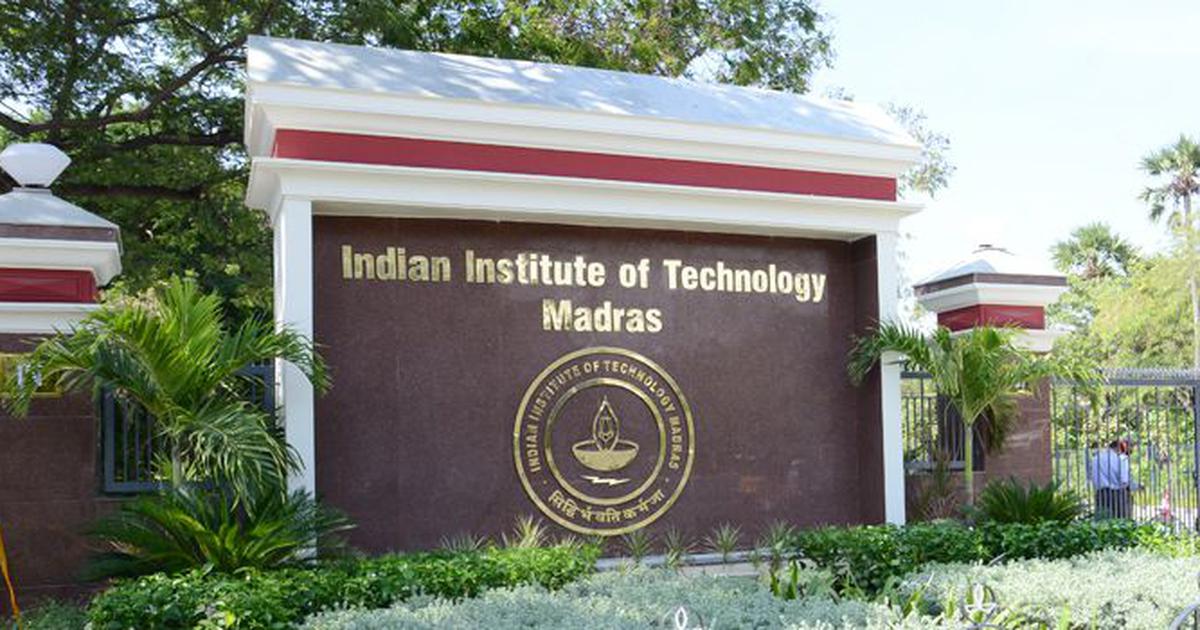Researchers at the Indian Institute of Technology Madras (IIT Madras) and IIT Mandi researchers have metabolically engineered the plant cells of Nothapodytes nimmoniana to increase the production of Camptothecin, an important anti-cancer drug. They have developed a genome-scale metabolic model for N. nimmoniana plant cells using Computational tools.
This breakthrough is expected to be a major boost to produce cancer-treating drugs as Camptothecin, the third most in-demand alkaloid, which is commercially extracted in India from Nothapodytes nimmoniana, an endangered plant.
This breakthrough is expected to be a major boost to produce cancer-treating drugs as Camptothecin, the third most in-demand alkaloid, which is commercially extracted in India from Nothapodytes nimmoniana, an endangered plant.
Camptothecin (CPT) is an important anti-cancer drug lead molecule for high-value drugs like Topotecan and Irinotecan. It is a potent topoisomerase I inhibitor extracted mainly from – Camptotheca acuminata (native to Eastern Asia) and Nothapodytes nimmoniana (native to India). However, the conjunction of climate change and extensive deforestation undertaken for CPT extraction has pushed these plants into the endangered species category.
In a Research Paper published in 2021, IIT Madras researchers identified a microbe as a sustainable and high-yielding alternative source for the plant-derived anti-cancer drug Camptothecin. Nearly 1,000 tons of plant material is required to extract just one ton of Camptothecin.
Due to extensive overharvesting to meet the market demand its major plant sources are now red-listed as per IUCN. The N. nimmoniana population has seen more than a 20 per cent decline in the last decade alone.
In the current research, metabolic engineering of the plant cells using a genome-scale metabolic model was led by Ms. Sarayu Murali, PhD student, IIT Madras, Dr. Maziya Ibrahim, Computational Systems Biology Lab, IIT Madras, Prof. Karthik Raman and Prof. Smita Srivastava, Department of Biotechnology, IIT Madras, along with Dr. Shyam K. Masakapalli and Ms. Shagun Saini from Metabolic Systems Biology Lab, IIT Mandi.
Due to extensive overharvesting to meet the market demand its major plant sources are now red-listed as per IUCN. The N. nimmoniana population has seen more than a 20 per cent decline in the last decade alone.
The research was funded by the Science and Engineering Board (SERB) and the Department of Science and Technology (DST), Government of India. This study was recently published in the peer-reviewed Journal Frontiers of Plant Science (https://doi.org/10.3389/fpls.2023.1207218).
Highlighting the importance of this research, Principal investigator of the project Prof. Smita Srivastava, Bhupat and Jyoti Mehta School of Biosciences, Department of Biotechnology, IIT Madras, said, “Integration of metabolic engineering with bioprocess engineering principles can ensure enhanced and sustainable production of Camptothecin, to continuously meet its increasing market demand in minimum time and cost in addition to natural resource conservation.”
Co-investigator of the study Prof. Karthik Raman, Bhupat and Jyoti Mehta School of Biosciences, Department of Biotechnology, IIT Madras, added, “This platform technology for model-based rational metabolic engineering of plant cells can be adapted to enhance the production of many other high-value phytochemicals as well. This study can pave the way for effective and efficient commercial production of Camptothecin and other medicinally important monoterpene indole alkaloids, with reduced dependence on nature.”
“This platform technology for model-based rational metabolic engineering of plant cells can be adapted to enhance the production of many other high-value phytochemicals as well. This study can pave the way for effective and efficient commercial production of Camptothecin.”
Prof. Karthik Raman, Bhupat and Jyoti Mehta School of Biosciences, Department of Biotechnology, IIT Madras
Elaborating on the technical aspects of this research, First Author of the Research Paper Ms. Sarayu Murali, PhD student, IIT Madras, said, “The metabolic model was reconstructed and curated using in house experimental data. Computational tools were then used to identify and rank suitable enzyme targets for overexpression and downregulation to maximize Camptothecin production in N. nimmoniana plant cells.”
Highlighting the impact this research could have in the field, Dr. Shyam Kumar Masakapalli, Associate Professor, School of Biosciences and Bioengineering, IIT Mandi, said, “The scientific strategies rationally adopted in this work paves way to further engineer plant cell bio-factories for sustainable biomanufacturing of high-value phytochemicals. It is satisfying to collaborate with the Plant Cell Technology Lab at IIT Madras, which has developed a potential platform for five-fold increased synthesis of Camptothecin, a much-needed anti-cancer phytochemical.”


